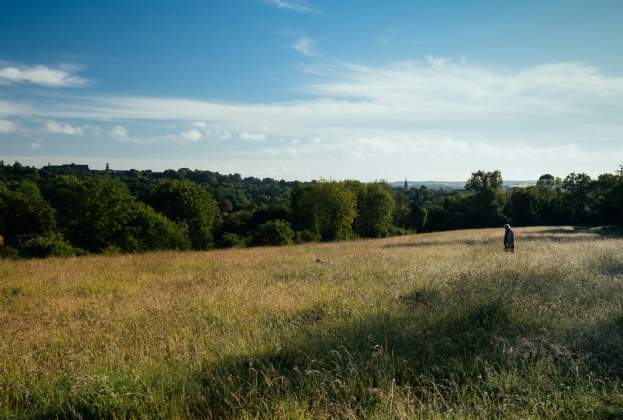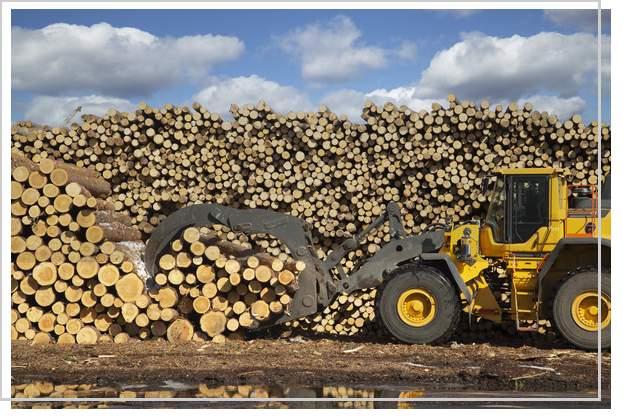When HM Queen Elizabeth II was born in 1926 the average going rate for an acre of UK farmland was £30. Today this figure stands at £8,000.
We’ve been delving into the archives to look at the performance of UK farmland values over the last nine decades, picking out key events and influences. Here are some of the highs and lows:
1930s
Land prices harden between 1932 and 1938 following the establishment of UK Marketing Boards in 1931 and the introduction of subsidies and grants.
1940s
War rages and Britain answers the call for greater output, resulting in a 50 per cent increase in arable area, guaranteed prices and assured markets.This brings a revival of interest in agricultural prospects and a ‘sellers’ market for vacant possession land.
1950s
In 1950, 675,000 acres are traded in England, after which the volume gradually declines reaching around 200,000 in the year 2000. From 1952-1958 vacant possession prices are stable at around £80 per acre.
1960s
Land values rise during the Swinging Sixties to just over £200 per acre, the start of 30 years of steady growth.
1970s
Britain joins the Common Market. Rapid growth is dampened in 1973/74 when inflation tops 24 per cent and interest rates reach 12 per cent. The price of wheat rises fourfold during the decade from £27 to £105 per tonne in 1980.
1980s
Wheat prices remain above £100 per tonne and average farmland values stay relatively stable in a decade which sees the introduction of milk quotas and Environmentally Sensitive Area schemes.
1990s
Average values fall during the early 1990s as interest rates reach 15 per cent. They recover mid-decade, peaking at more than £2,400 per acre as profitability increases on the back of high wheat prices. Farming fortunes plummet in the following years as wheat prices dip to below £60 per tonne
2000s
Foot and mouth disease strikes in 2001 and incomes continue on a downward trend. Non-farming buyers are out in force in search of the rural life, and more diverse demand signals the start of a weakening relationship between values and productivity.
CAP Reform brings in the Single Farm Payment. Wheat reaches £180 per tonne. Recession caused by the 2008 credit crunch continues the trend of rising values as investors turn to farmland as a safe haven. And in 2009 the BoE cuts interest rates to 0.5 per cent, the lowest level for 135 years.
2010s
The Arab Spring of 2010 sees the oil price peak at over US$110 per barrel. In 2012 wheat prices are over £200 per tonne. Gold peaks at over $1,660 per ounce. In 2014, at 131,000 acres, the amount of land publicly marketed across Great Britain is the smallest since records began in 1995. Wheat prices fall to below £120 per tonne in 2015 resulting in the first signs of pressure on values for 13 years.
Where next?
Looking into the future, we expect farmland values to vary in the short to medium term; exceptional prices will be achieved when all the right factors combine but there will also be cases where potential sales fail to meet expectations. We expect these conditions to be in play for at least three years until commodity prices start to recover around the globe.
In the longer term, factors including tight supply, competing land uses of a finite resource and a variety of ownership motives will all support farmland value growth.
(1).jpg)
.png)
.png)
.jpg)
.jpg)




(1).jpg)
.jpg)
